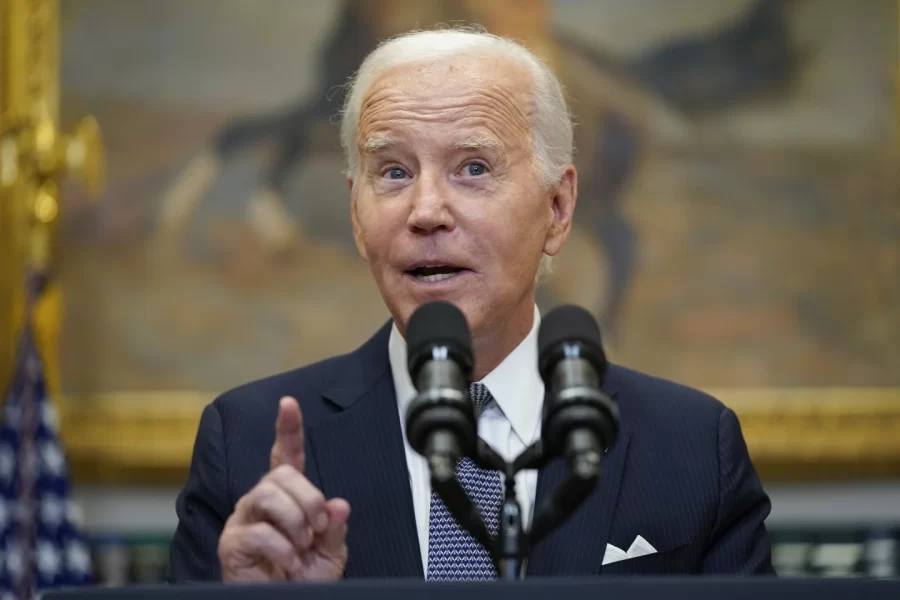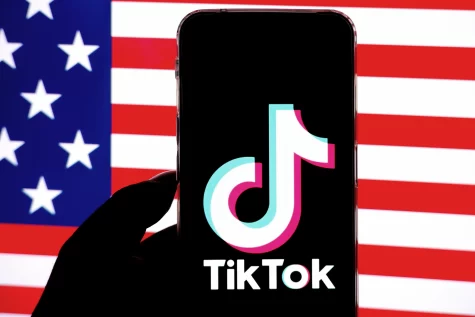SCOTUS rules against Biden’s student debt relief plan
President Biden delivers remarks on the Supreme Court’s decision to block his student debt relief plan.
In a 6-3 vote on Friday, June 30, the Supreme Court blocked the Biden administration’s student debt relief plan that would’ve eliminated debt for millions of U.S. citizens.
President Joe Biden first announced his student debt relief plan in August 2022, promising to cancel up to $20,000 in student loan debt for eligible Pell Grant recipients and $10,000 for eligible non-Pell Grant recipients. 26 million U.S. citizens applied for student debt relief before a federal judge in Texas ruled the plan unconstitutional, halting it.
“The money was literally about to go out the door — and then Republican-elected officials and special interests stepped in,” Biden said in a remark. “Literally snatching from the hands of millions of Americans thousands of dollars in student debt relief that was about to change their lives.”
Biden claimed his debt relief plan was constitutional under the Higher Education Relief Opportunities for Students Act (HEROES). The law allows the Secretary of Education to reduce or eliminate the obligation to repay federal student loan debt in the event of a national emergency, such as the COVID-19 pandemic.
The conservative majority Supreme Court ruled otherwise. Chief Justice John G. Roberts Jr. stated the HEROES Act only allows the Secretary of Education to waive or modify existing statutory or regulatory provisions applicable to financial assistance programs under the Education Act, not rewrite the law from the ground up.
“The Secretary asserts that the HEROES Act grants him the authority to cancel $430 billion of student loan principal,” Roberts said. “It does not.”
In response to the Supreme Court’s rejection, Biden announced he’s pursuing his student debt relief plan through the Higher Education Act (HEA). Although Biden says his plan will take longer this way, he believes it’s the best remaining path in providing debt relief to as many borrowers as possible.
“The Higher Education Act will allow Secretary Cardona to compromise, waive or release loans under certain circumstances,” Biden said. “This new path is legally sound.”
Borrowers can expect to begin paying back their federal student loans in October after a pause dating back to March 2020. To help combat borrowers from falling into delinquency or default, Biden also introduced a 12-month “on-ramp” repayment program.
“Monthly payments will be due, bills will go out and interest will be accruing,” Biden said. “If you miss payments, this ‘on-ramp’ temporarily removes the threat of default or having your credit harmed, which can hurt borrowers for years to come.”
Though the Supreme Court’s decision is a setback for the Biden administration, Biden is determined to see his student debt relief plan realized as the next presidential election is just around the corner.
“I believe the court’s decision to strike down my student debt relief program was a mistake,” Biden said. “I’m not going to stop fighting to deliver borrowers what they need, particularly those at the bottom end of the economic scale.”












Jumarion C. • Jul 8, 2023 at 9:09 AM
Good. I see this as less about a blow to Biden’s efforts and more a blow to Congress for not doing their jobs. This puts it right back in their laps where it belongs. They are supposed to be legislating. That is their job. But they have not done that in years because they are too busy fighting and investigating each other. The SCOTUS ruling, like all its most recent rulings, puts the pressure where it belongs…on the people who are supposed to be doing their jobs and aren’t.
Yousef • Jul 16, 2023 at 7:59 PM
Pay your bills freeloaders. Half of the debt is held by those with masters degrees anyways.